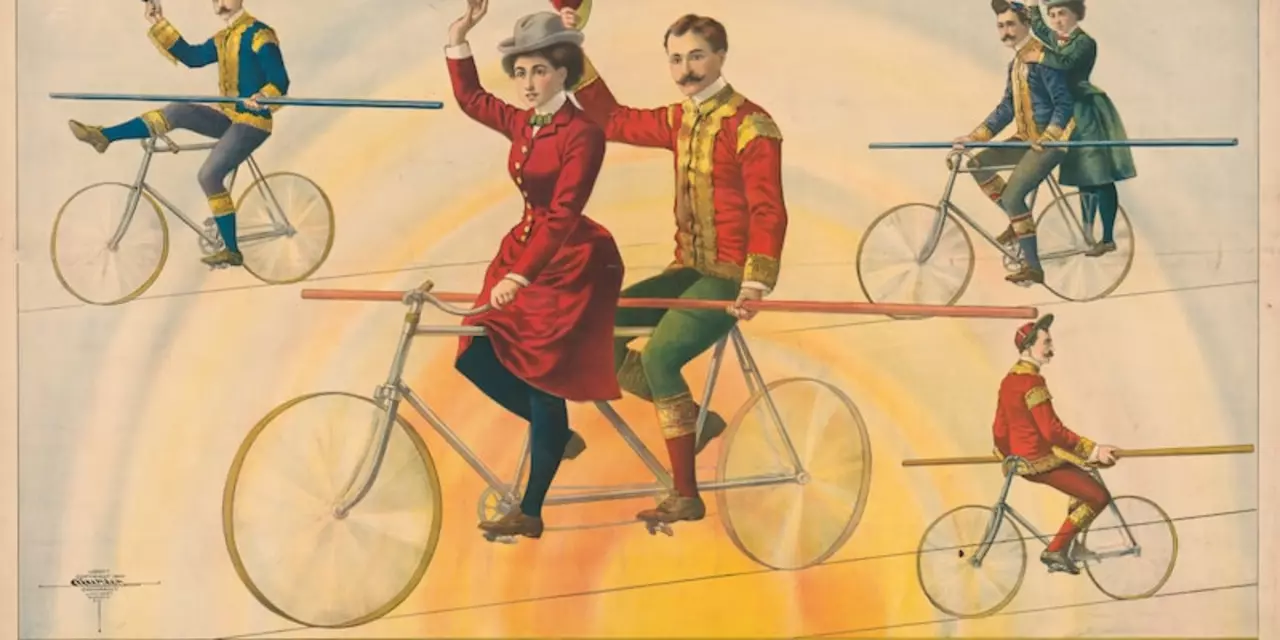Misconceptions About Acrobatics and Circus Life – Fact vs. Fiction
Ever wondered why people say acrobats have to be super tall or that circus performers are always risking life‑and‑death stunts? There’s a lot of gossip floating around, and most of it isn’t true. Let’s pull apart the biggest myths so you know what actually goes on behind the big top.
Height and Body Type Myths
One of the most common ideas is that a good acrobat must be tall. In reality, height is just one piece of the puzzle. Flexibility, core strength, and balance matter far more than a few extra centimeters. Shorter performers often have a lower center of gravity, which can give them an edge in precision acts like hand‑to‑hand balances or aerial silks.
That said, some disciplines do benefit from height. For example, a tall flyer on a trapeze can create impressive visual lines and longer swings. But even here, the team will pick the partner whose skill set matches the routine, not just their stature. The takeaway? Height helps in some spots, but it’s never a deal‑breaker.
Stunt Work and Safety Myths
People love to brag about Jackie Chan never using a stunt double, and they assume the same for all circus artists. The truth is a bit more nuanced. While legends like Chan push boundaries, most professional stunt performers—including circus artists—use doubles when a shot is too risky or when insurance requires it. It’s a smart safety move, not a sign of weakness.
Another fear is that circus life equals constant danger. Modern circus companies invest heavily in safety gear, rigorous rehearsals, and injury‑prevention programs. Risks are managed the same way they are in any high‑performance sport—through training, spotters, and regular equipment checks. Yes, accidents can happen, but they’re far less common than the dramatic headlines suggest.
There’s also the old story of people running away to join the circus. Today, most performers choose the path deliberately, studying at accredited schools or earning apprenticeships. The romantic “run‑away” narrative belongs to 19th‑century novels, not today’s professional training routes.
Finally, some think that all circus acts involve dangerous animals. Ethical standards have shifted, and many modern productions either avoid live animals or use highly regulated, well‑trained performers. The focus now is on human skill—think acrobatic hoops, aerial hoops, and dance—so the old animal‑act myth is fading fast.
Bottom line: most misconceptions about acrobatics and circus life come from outdated movies or sensational headlines. Whether you’re considering a career, buying tickets, or just curious, looking at the real training regimes, safety protocols, and diverse body types will give you a clearer picture.
So the next time someone says “you have to be tall to be an acrobat” or “circus performers live on the edge every night,” you can set them straight with facts, not fear.

What are some common misconceptions about the circus?
The circus has been around for centuries, yet there are still many misconceptions about it. One of the most common is that the circus is only for children. While it is true that some circuses focus on kid-friendly entertainment, there are many that feature exciting, thrilling, and even daring acts that can appeal to adults as well. Another misconception is that all circus performers are human. In reality, many circuses include animal acts, such as trained elephants, tigers, and horses. Lastly, some people think that circus performers are uneducated or lack talent. On the contrary, most circus performers have trained for years, honing their skills and mastering their craft. The circus is a unique and exciting form of entertainment, and these misconceptions do not do it justice.
Read More